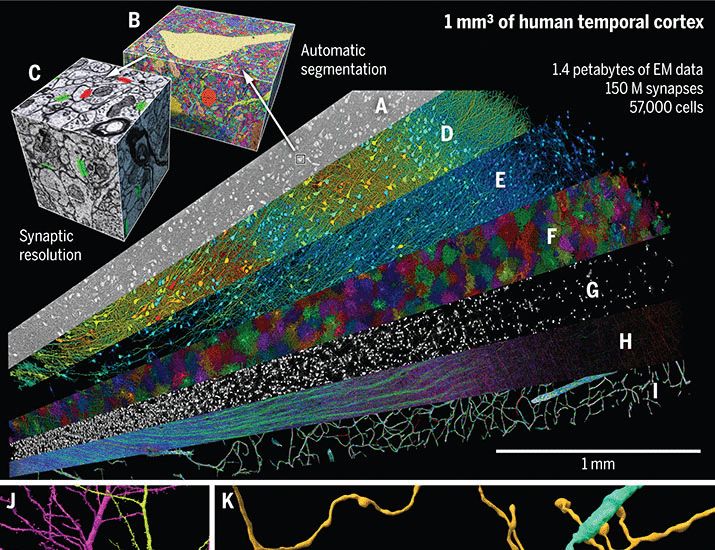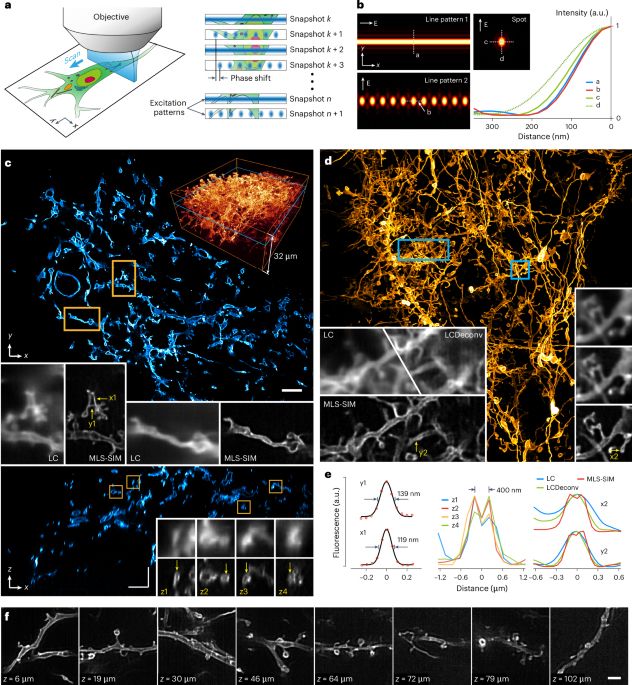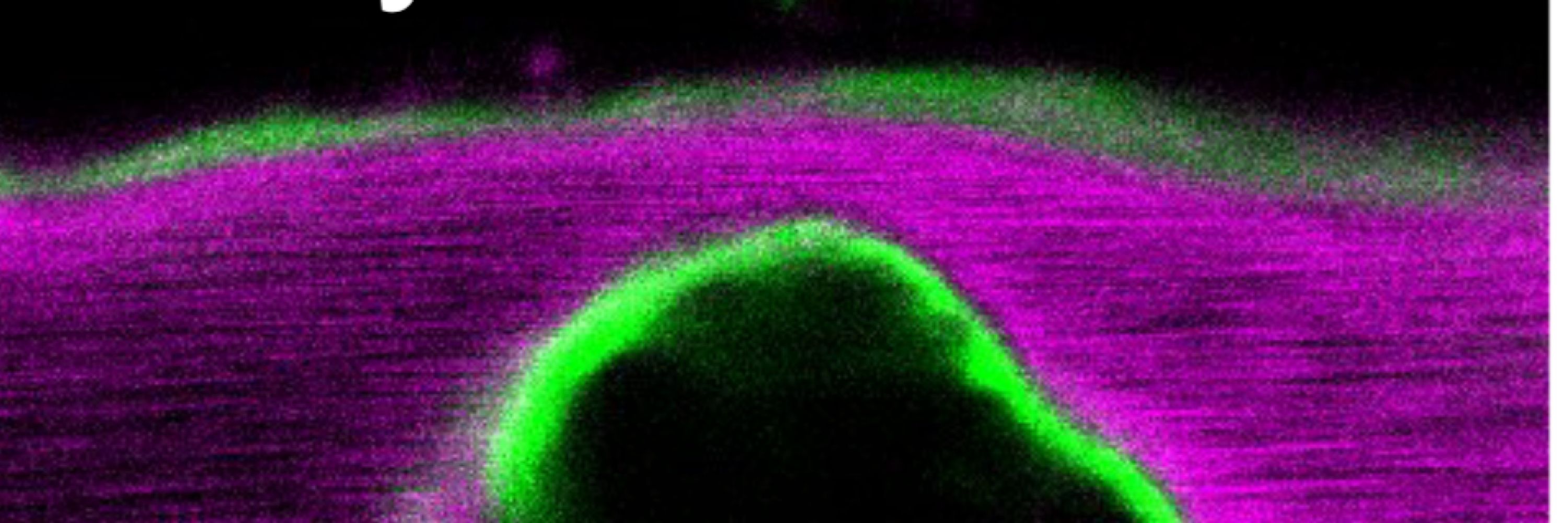
Jaime Grutzendler
@jgrutzendler.bsky.social
Neuroscientist and Neurologist @Yale / Neurodegeneration / In vivo
imaging / Neuro-Glial-Vascular Biology / Translational Neuroscience
https://medicine.yale.edu/lab/grutzendler/
imaging / Neuro-Glial-Vascular Biology / Translational Neuroscience
https://medicine.yale.edu/lab/grutzendler/
Pinned
Truly beautiful myelin imaging Bobby, Congrats!!
We had fun assembling images and describing approaches for imaging oligodendrocytes and myelin in vivo, in organotypic slices, and in fixed tissues. This work started in the lab of @jgrutzendler.bsky.social over 10 years ago and continues to keep us busy.
www.nature.com/articles/s44...
www.nature.com/articles/s44...

July 25, 2025 at 6:52 PM
Truly beautiful myelin imaging Bobby, Congrats!!
Reposted by Jaime Grutzendler
At the myelin-axon interface, axon-glial signaling, paranodal architecture, and β-amyloid aggregation are altered in Alzheimer's disease, implicating myelin-axon disruption in disease progression
@jgrutzendler.bsky.social @yifeicai.bsky.social
www.nature.com/articles/s41...
@jgrutzendler.bsky.social @yifeicai.bsky.social
www.nature.com/articles/s41...
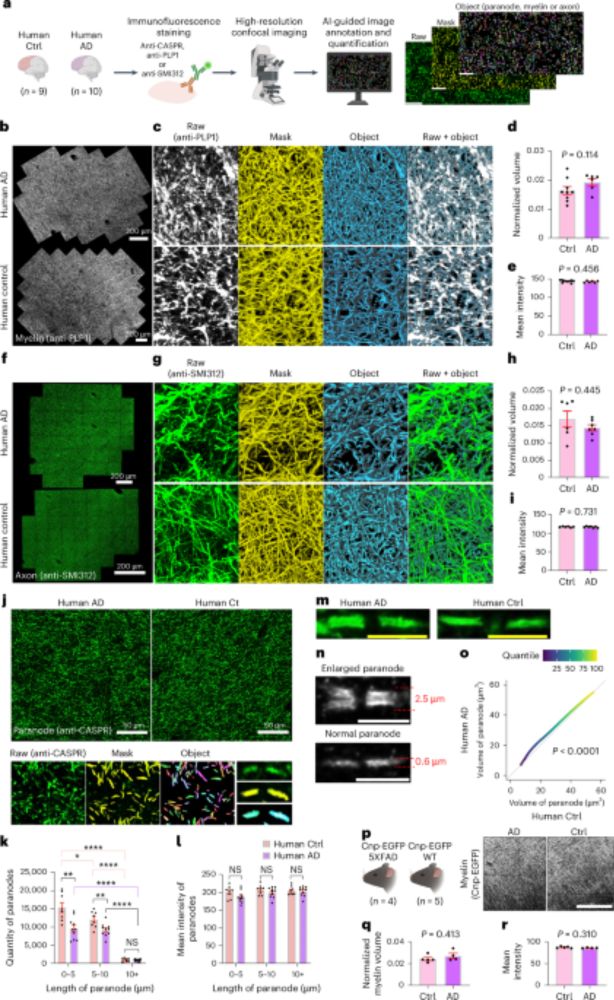
Myelin–axon interface vulnerability in Alzheimer’s disease revealed by subcellular proteomics and imaging of human and mouse brain - Nature Neuroscience
In Alzheimer’s disease (AD), disruptions in myelin and axonal structures occur, although the underlying mechanisms remain unclear. Here the authors show that, at the myelin–axon interface, axon–glial ...
www.nature.com
June 20, 2025 at 2:13 PM
At the myelin-axon interface, axon-glial signaling, paranodal architecture, and β-amyloid aggregation are altered in Alzheimer's disease, implicating myelin-axon disruption in disease progression
@jgrutzendler.bsky.social @yifeicai.bsky.social
www.nature.com/articles/s41...
@jgrutzendler.bsky.social @yifeicai.bsky.social
www.nature.com/articles/s41...
very appreciative of this collaboration!! @reimand.bsky.social
Very happy to have contributed to this comprehensive study on myelin–axon interface vulnerability in Alzheimer’s disease by @yifeicai.bsky.social @jgrutzendler.bsky.social. @mslob95 led our integrative pathway analyses. All started from a brief posterside chat at CSHL www.nature.com/articles/s41...

Myelin–axon interface vulnerability in Alzheimer’s disease revealed by subcellular proteomics and imaging of human and mouse brain - Nature Neuroscience
In Alzheimer’s disease (AD), disruptions in myelin and axonal structures occur, although the underlying mechanisms remain unclear. Here the authors show that, at the myelin–axon interface, axon–glial ...
www.nature.com
June 16, 2025 at 2:31 PM
very appreciative of this collaboration!! @reimand.bsky.social
Happy to share our latest publication on subcellular myelin proteomics and structural changes in Alzheimer disease www.nature.com/articles/s41...
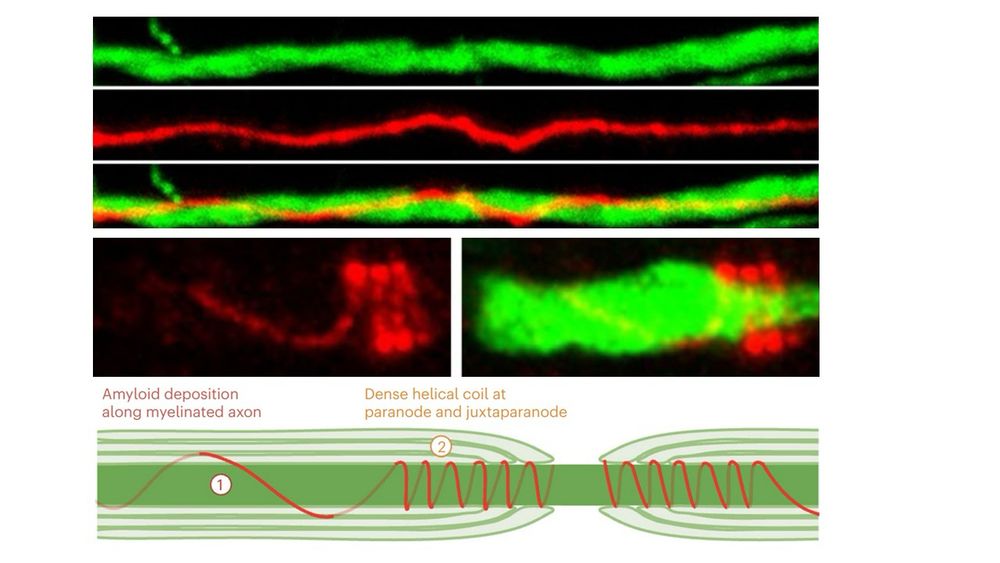
June 14, 2025 at 4:13 PM
Happy to share our latest publication on subcellular myelin proteomics and structural changes in Alzheimer disease www.nature.com/articles/s41...
Happy to share our latest study, led by @YifeiCai_. We applied Antibody-Driven Proximity Labeling to analyze postmortem human brain tissue, mapping the molecular architecture of plaque-associated axonal spheroids (PAASs) in Alzheimer’s disease.
🔗 Read here: www.nature.com/articles/s43...
🔗 Read here: www.nature.com/articles/s43...
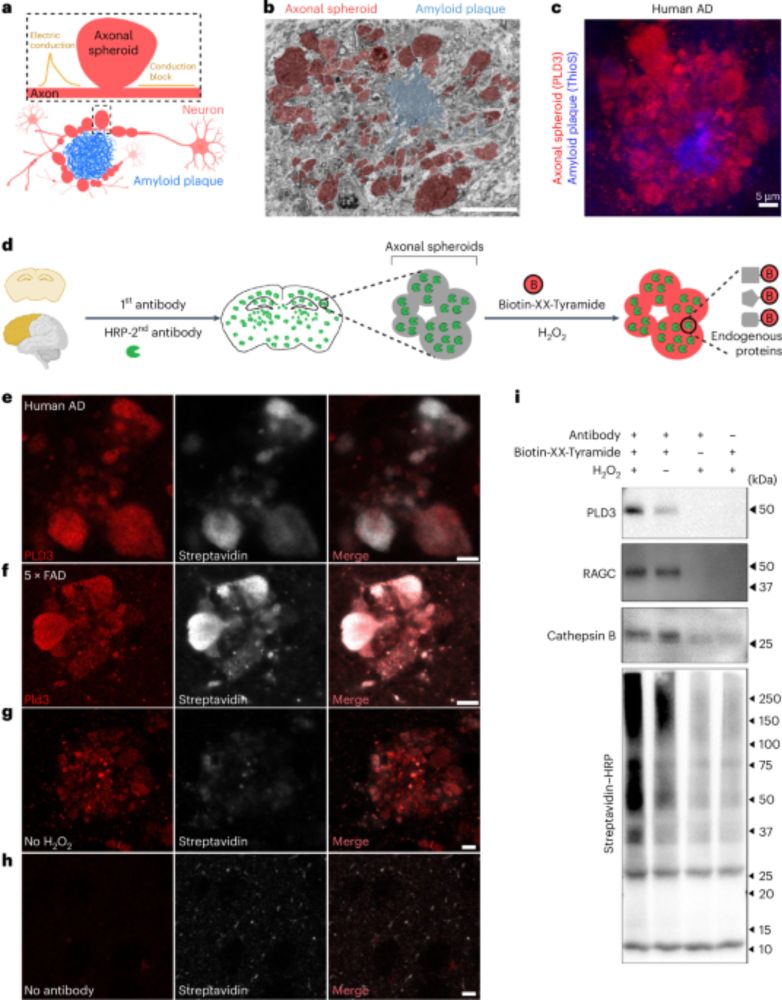
Subcellular proteomics and iPSC modeling uncover reversible mechanisms of axonal pathology in Alzheimer’s disease - Nature Aging
Axonal spheroids disrupt neural circuits in Alzheimer’s disease. In this study, using subcellular proximity labeling proteomics in human brain and iPSC modeling, the authors link spheroid formation to...
www.nature.com
March 10, 2025 at 11:23 PM
Happy to share our latest study, led by @YifeiCai_. We applied Antibody-Driven Proximity Labeling to analyze postmortem human brain tissue, mapping the molecular architecture of plaque-associated axonal spheroids (PAASs) in Alzheimer’s disease.
🔗 Read here: www.nature.com/articles/s43...
🔗 Read here: www.nature.com/articles/s43...
Our lab at Yale U/Wu Tsai Institute has a postdoctoral position on neurodegeneration, neuro-glial-vascular biology using 2photon, calcium/voltage imaging, gene editing,transcriptome/proteome, 3D EM, translational neurosci/chemistry. Email me if interested. Forward to those interested pls
January 8, 2025 at 10:08 PM
Our lab at Yale U/Wu Tsai Institute has a postdoctoral position on neurodegeneration, neuro-glial-vascular biology using 2photon, calcium/voltage imaging, gene editing,transcriptome/proteome, 3D EM, translational neurosci/chemistry. Email me if interested. Forward to those interested pls
Reposted by Jaime Grutzendler
🧪Thanks to @rbaltman.bsky.social for having me on The Future of Everything podcast to talk about treatments for Alzheimer's disease. Give a listen if you're interested in an (anti)anti-amyloid antibody argument and some promising new drug targets. #Alzheimers
engineering.stanford.edu/news/future-...
engineering.stanford.edu/news/future-...

The future of Alzheimer's treatment
A neurologist who studies Alzheimer’s disease says hopes are on the rise for new treatments that target tau proteins.
engineering.stanford.edu
December 14, 2024 at 8:51 PM
🧪Thanks to @rbaltman.bsky.social for having me on The Future of Everything podcast to talk about treatments for Alzheimer's disease. Give a listen if you're interested in an (anti)anti-amyloid antibody argument and some promising new drug targets. #Alzheimers
engineering.stanford.edu/news/future-...
engineering.stanford.edu/news/future-...
Reposted by Jaime Grutzendler
Neuroscience students asked us to teach a PRACTICAL course on experimental methods, and it is now on YouTube!
Please like and repost to help us get the word out!
www.youtube.com/playlist?lis...
Lecture 1: Signals and data acquisition
Focusing on hardware, digital/analog I/O, synchronization
🧵
Please like and repost to help us get the word out!
www.youtube.com/playlist?lis...
Lecture 1: Signals and data acquisition
Focusing on hardware, digital/analog I/O, synchronization
🧵
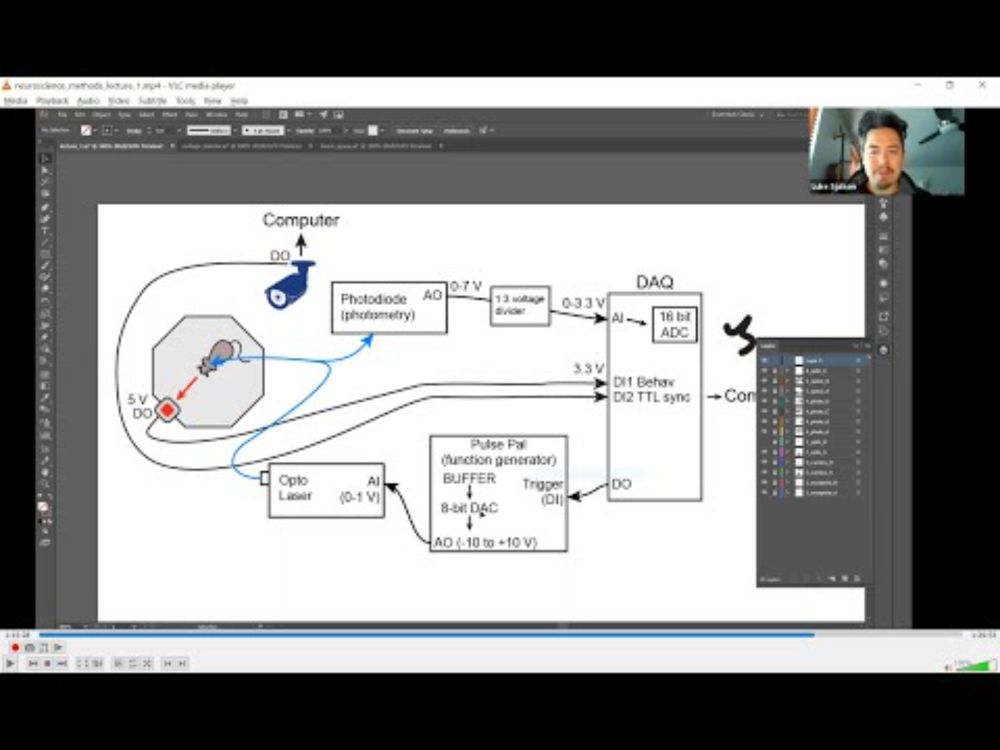
Neuroscience methods - YouTube
Nanocourse: Approaches to Study Neural Circuits This course was taught by Anita Autry, Tiago Gonçalves, and Luke Sjulson at Albert Einstein College of Medici...
www.youtube.com
December 13, 2024 at 11:33 AM
Neuroscience students asked us to teach a PRACTICAL course on experimental methods, and it is now on YouTube!
Please like and repost to help us get the word out!
www.youtube.com/playlist?lis...
Lecture 1: Signals and data acquisition
Focusing on hardware, digital/analog I/O, synchronization
🧵
Please like and repost to help us get the word out!
www.youtube.com/playlist?lis...
Lecture 1: Signals and data acquisition
Focusing on hardware, digital/analog I/O, synchronization
🧵
likewise, happy to have contributed to the comprehensive update on this important topic
Too many authors to list here, but very happy to have contributed to this review led by Michael Heneka on #neuroinflammation in #Alzheimer‘s disease, now out in @natrevimmunol.bsky.social. @dzne.bsky.social
www.nature.com/articles/s41...
www.nature.com/articles/s41...
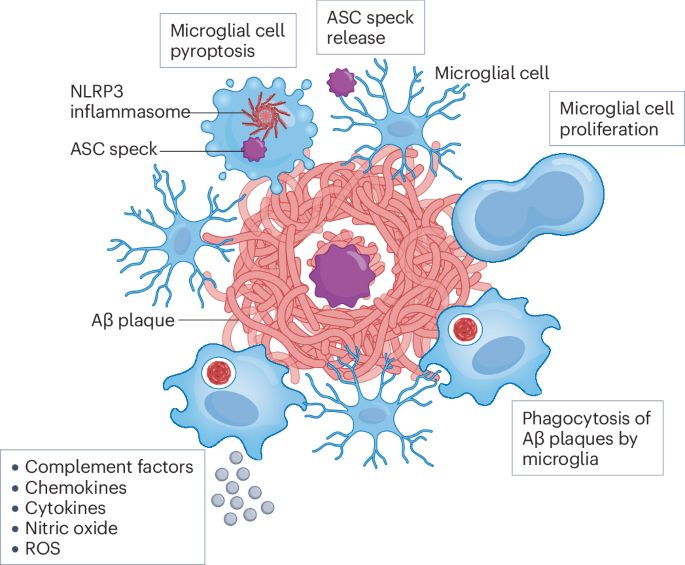
Neuroinflammation in Alzheimer disease - Nature Reviews Immunology
This Review provides an in-depth examination of how inflammation contributes to neurodegeneration in Alzheimer disease. The authors explore the impact of extrinsic factors, such as brain trauma, diet ...
www.nature.com
December 10, 2024 at 12:46 AM
likewise, happy to have contributed to the comprehensive update on this important topic
Reposted by Jaime Grutzendler
I am delighted to share the work of my amazing student Dominic Isaacs! Out today in PNAS (www.pnas.org/doi/10.1073/...), Dom beautifully used optogenetics to show that thin-strand pericytes in the brain can send long-range electrical signals to control arteriole diameter and brain blood flow.
December 4, 2024 at 7:05 PM
I am delighted to share the work of my amazing student Dominic Isaacs! Out today in PNAS (www.pnas.org/doi/10.1073/...), Dom beautifully used optogenetics to show that thin-strand pericytes in the brain can send long-range electrical signals to control arteriole diameter and brain blood flow.
Reposted by Jaime Grutzendler
What a great initiative! 👉 Highlighting an outstanding paper by another researcher. 👉 Below is a must-read by @jgrutzendler.bsky.social and team 👇
www.science.org/doi/full/10....
www.science.org/doi/full/10....
December 5, 2024 at 11:04 PM
What a great initiative! 👉 Highlighting an outstanding paper by another researcher. 👉 Below is a must-read by @jgrutzendler.bsky.social and team 👇
www.science.org/doi/full/10....
www.science.org/doi/full/10....
Reposted by Jaime Grutzendler
Could one envision a synthetic receptor technology that is fully programmable, able to detect diverse extracellular antigens – both soluble and cell-attached – and convert that recognition into a wide range of intracellular responses, from gene expression and real-time fluorescence to modulation..
December 4, 2024 at 4:05 PM
Could one envision a synthetic receptor technology that is fully programmable, able to detect diverse extracellular antigens – both soluble and cell-attached – and convert that recognition into a wide range of intracellular responses, from gene expression and real-time fluorescence to modulation..
December 1, 2024 at 2:11 AM
interesting paper
www.nature.com/articles/s41...
www.nature.com/articles/s41...
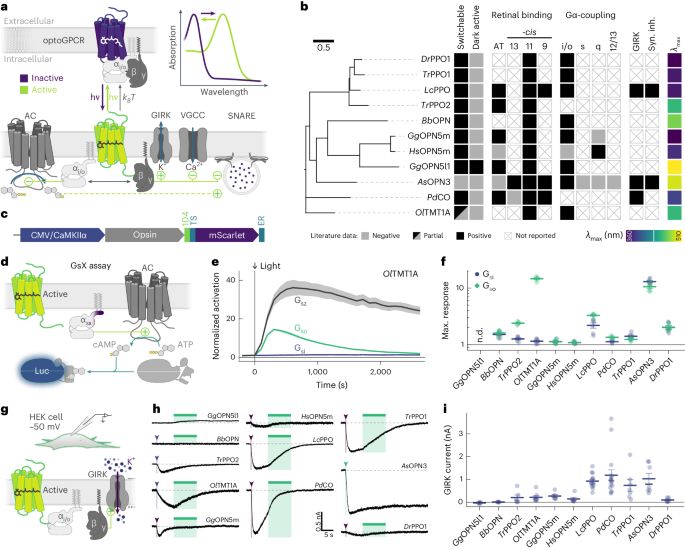
A bistable inhibitory optoGPCR for multiplexed optogenetic control of neural circuits - Nature Methods
PdCO is a switchable optogenetic tool for inhibiting synaptic transmission in neuronal terminals in vivo, as demonstrated in a variety of contexts mainly in the mouse.
www.nature.com
November 19, 2024 at 10:37 PM
interesting paper
www.nature.com/articles/s41...
www.nature.com/articles/s41...


